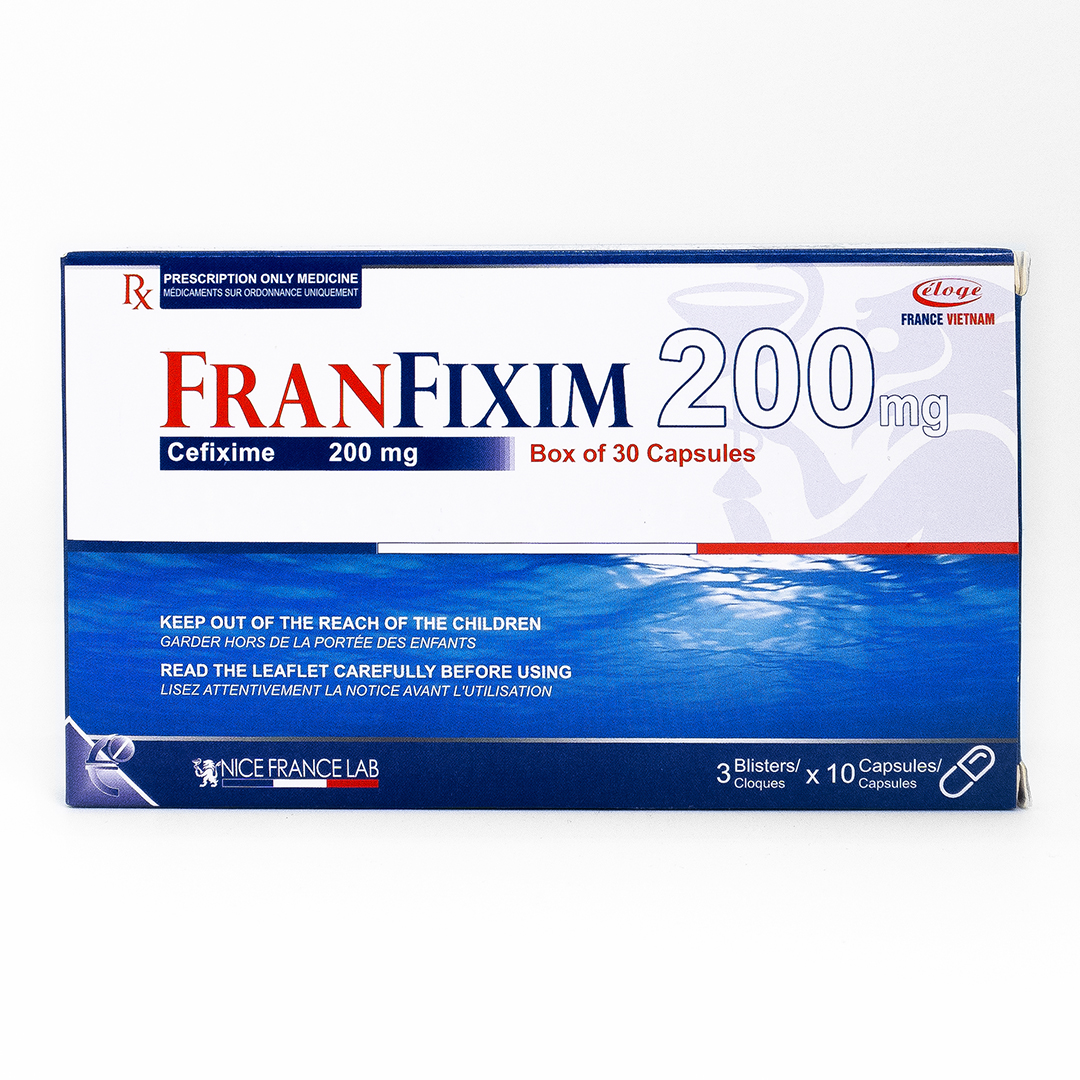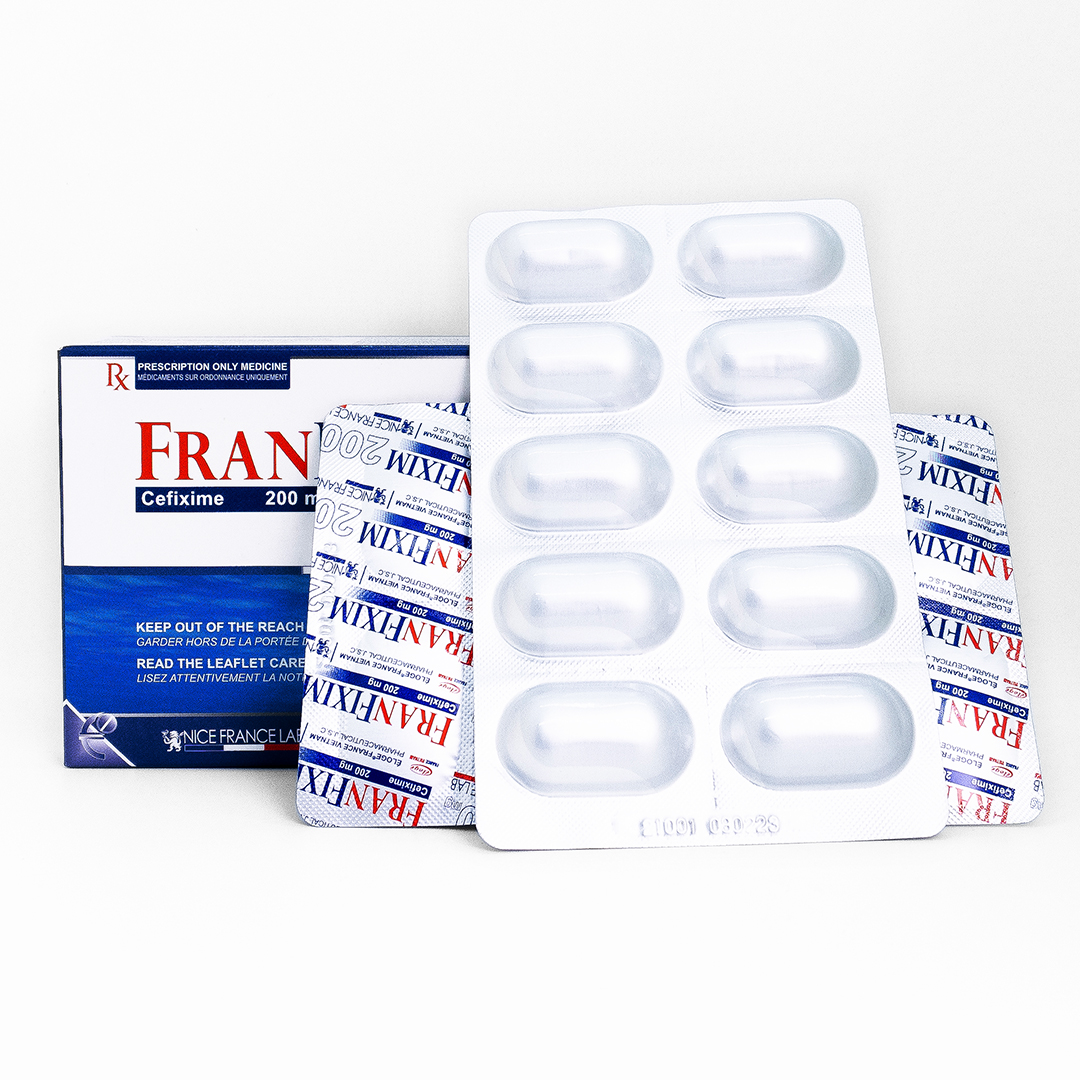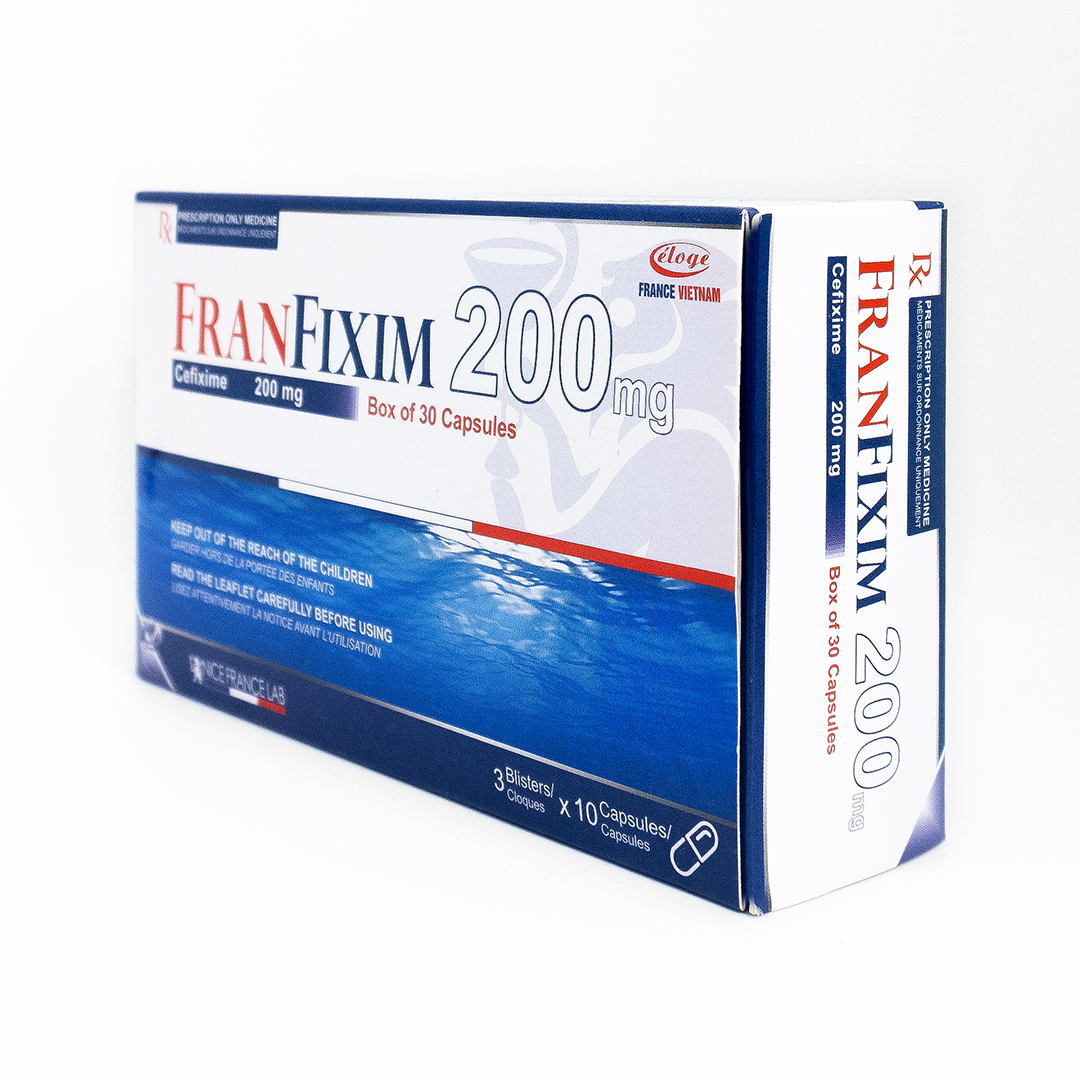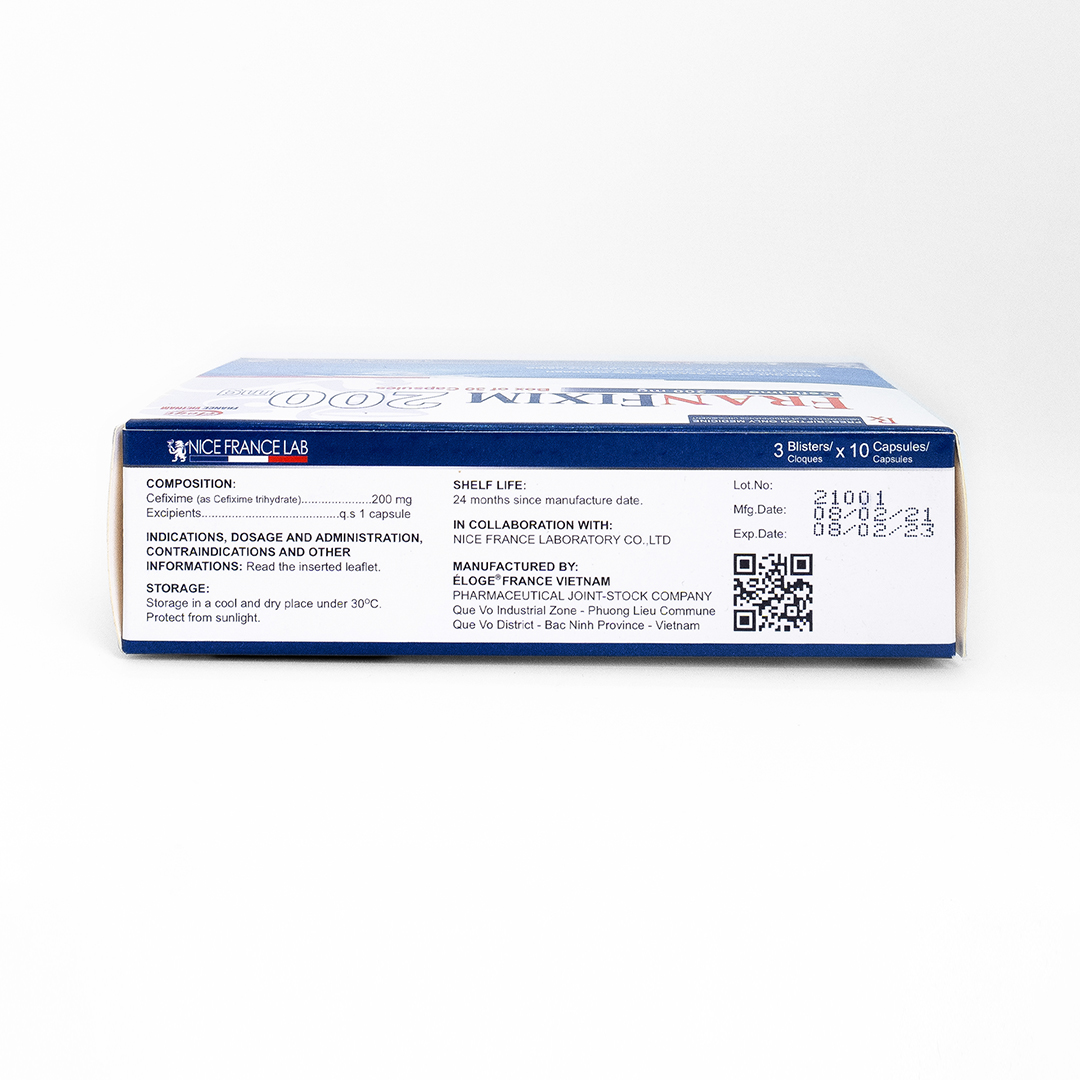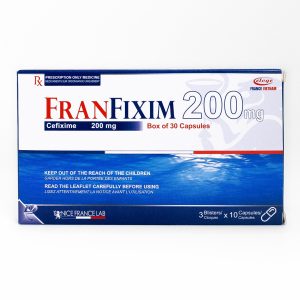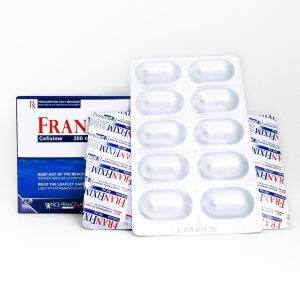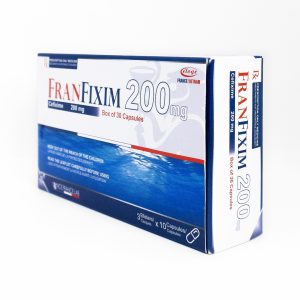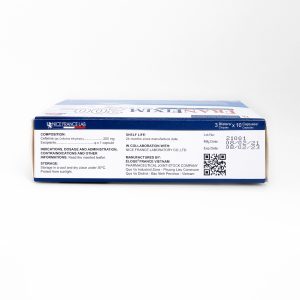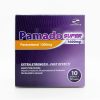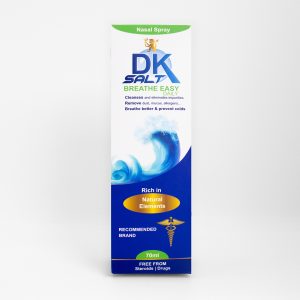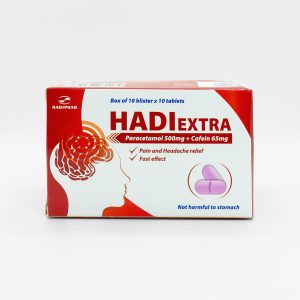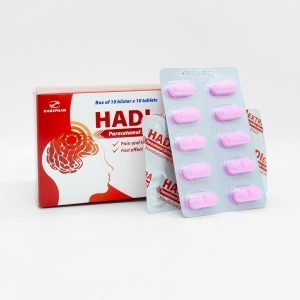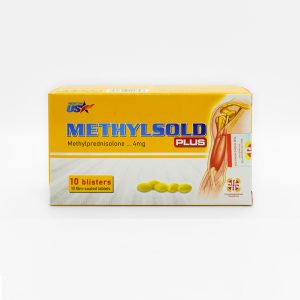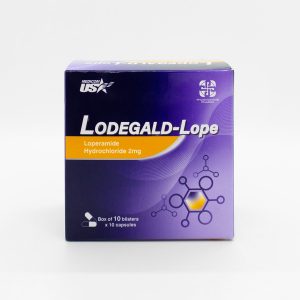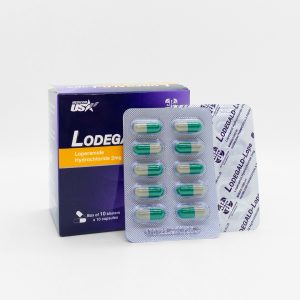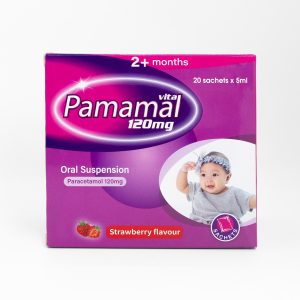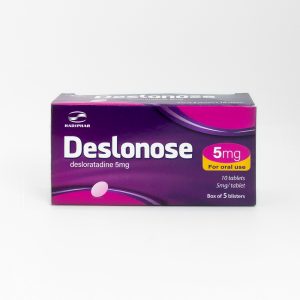CLINICAL PARTICULARS:
Therapeutic indications:
Franfixim 200 mg is an orally active cephalosporin antibiotic which has marked in vitro bactericidal activity against a wide variety of Gram-positive and Gram-negative organisms.
It is indicated for the treatment of the following acute infections when caused by susceptible micro-organisms:
- Acute exacerbations of chronic bronchitis.
- Community-acquired Pneumonia.
- Lower urinary tract infections.
- Pyelonephritis.
- In the treatment of: otitis media, sinusitis, pharyngitis.
The use of Cefixime should be reserved for infections where the causative organism is known or suspected to be resistant to other commonly used antibiotics, or where treatment failure may carry significant risk.
Consideration should be given to official guidance on the appropriate use of antibacterial agents.
Posology and method of administration:
Method of Administration: Oral
The absorption of cefixime is not significantly affected by the presence of food. Hence it can be administered with or without food.
Posology
- Adults and children over 10 years of age (body weight is greater than 50 kg):
The recommended dose is 200-400 mg daily according to the severity of the infection, given either as a single dose or in two divided doses. - Elderly patients:
Elderly patients may be given the same dose as recommended for adults. Renal function should be assessed and dosage should be adjusted in severe impairment. - Children under 10 years:
Franfixim 200 mg are not recommended for use in children under 10 years old.
Franfixim should not be established in children less than 6 months.
The safety and efficacy of cefixime has not been established in children less than 6 months.
Renal impairment:
Cefixime may be administered in the presence of impaired renal function. Normal dose and schedule may be given in patients with creatinine clearance of 20 ml/min or greater. In patients whose creatinine clearance is less than 20 ml/min, it is recommended that a dose of 200 mg once daily should not be exceeded. The dose and regimen for patients who are maintained on chronic ambulatory dialysis or haemodialysis should follow the same recommendation as that for patients with creatinine clearance of less than 20 ml/min.
Contraindications:
- Patients with known hypersensitivity to cefixime, other cephalosporin antibiotics, or to any of the excipients.
- Cefixime is also contraindicated in patients with previous, immediate and/or severe hypersensitivity to penicillin or any beta-lactam antibiotics and preterm and term newborn infants (0-27 days).
Special warnings and precautions for use:
- Cefixime should be given with caution to patients who have shown hypersensitivity to other drugs. Cephalosporin should be given with caution to penicillin-sensitive patients, as there is some evidence of partial cross-allergenicity between penicillin and cephalosporins.
- Patients who have had severe reactions (including anaphylaxis) to both classes of drugs. Special care is indicated in patients who have experienced any allergic reaction to penicillins or any beta-lactam antibiotics as cross-reactions may occur.
- If severe hypersensitivity reactions or anaphylactic reactions occur after administration of Cefixime, the medicine should be discontinued immediately and appropriate emergency measures should be initiated.
- Prolonged use of cefixime may result in the overgrowth of non-susceptible organisms.
- Treatment with a broad spectrum of antibiotics alters the normal flora of the colon and may permit the overgrowth of Clostridia. Studies indicate that a toxin produced by Clostridium difficile is a primary cause for antibiotic-associated diarrhea. Pseudomembranous colitis is associated with the use of broad-spectrum antibiotics (including macrolides, semi-synthetic penicillins, lincosamides, and cephalosporins). It is therefore important to consider its diagnosis in patients who develop diarrhea in association with the use of antibiotics.
- In patients who develop severe diarrhea during or after use of cefixime, the risk of life-threatening pseudomembranous colitis should be taken into account.
- The use of cefixime should be discontinued and appropriate treatment measures should be established. Management of pseudomembranous colitis should include sigmoidoscopy, appropriate bacteriologic studies, fluids, electrolyte and protein supplementation. If the colitis does not improve after the drug has been discontinued or if the symptoms are severe, oral vancomycin is the drug of choice for antibiotic-associated pseudomembranous colitis produced by C. difficile. Other causes of colitis should be excluded.
- The use of some medicinal products inhibiting the intestinal peristalsis is contraindicated.
- Cefixime contains sucrose. Patients with rare hereditary problems of glucose-galactose malabsorption should not take this medicine.
- Use of Nifedipine, a calcium channel blocker, may increase bioavailability of Cefixime up to 70%.
- Renal insufficiency: Cefixime should be administered with caution in adult patients with creatinine clearance <20 ml/min. The use of cefixime in these patient-groups is not recommended.
Interaction with other medicinal products and other forms of interaction:
- The administration of cephalosporins may interfere with the results of some laboratory tests.
- A false positive reaction for glucose in the urine may occur with the Benedict’s or Fehling’s solutions or with copper sulfate test tablets, but not with tests based on enzymatic glucose oxidase reactions.
- A false positive direct Coombs’ test has been reported during treatment with cephalosporin antibiotics; therefore, it should be recognized that a positive Coombs’ test may be due to the drug.
- In common with other cephalosporins, increases in prothrombin times have been noted in a few patients.
- Care should therefore be taken in patients receiving anticoagulation therapy.
- Use with Nifedipine, a calcium channel blocker, may increase bioavailability of Cefixime up to 70%.
- Caution should be exercised when prescribing to pregnant women. Cefixime should not be used in pregnant mothers unless considered essential by the physician.
Fertility, pregnancy and lactation:
Pregnancy
- For cefixime, no clinical data on exposed pregnancies are available. Animal studies do not indicate direct or indirect harmful effects with respect to pregnancy, embryonal/fetal development, parturition, or postnatal development.
- Cefixime should not be used in pregnant mothers unless considered essential by the physician.
Breastfeeding
- It is unknown whether cefixime is excreted in human milk, and non-clinical studies have shown excretion of cefixime in animal milk. A decision on whether to continue/discontinue breastfeeding or to continue/discontinue therapy with cefixime should be made, taking into account the benefit of breastfeeding to the child and the benefit of cefixime therapy to the woman. However, until further clinical experience is available, cefixime should not be prescribed to breastfeeding mothers.
Fertility
- Animal studies did not indicate any harmful effects with respect to fertility; however, no clinical data are available.
Effects on ability to drive and use machines:
- Cefixime has no known influence on the ability to drive and use machines. However, side effects may occur, which may influence the ability to drive and use machines.
Cefixime, like other cephalosporin antibiotics, may be associated with adverse events.
Within each frequency grouping, undesirable effects are presented in order of decreasing seriousness.
The following undesirable effects have been divided into the following categories:
- Very common: >1/10
- Common: >1/100 to <1/10
- Uncommon: >1/1,000 to <1/100
- Rare: >1/10,000 to <1/1,000
- Very rare: <1/10,000
- Not known: cannot be estimated from the available data
STORAGE:
Storage in a cool and dry place under 30°C.
Protect from sunlight.
SHELF LIFE:
24 months since manufacture date.
